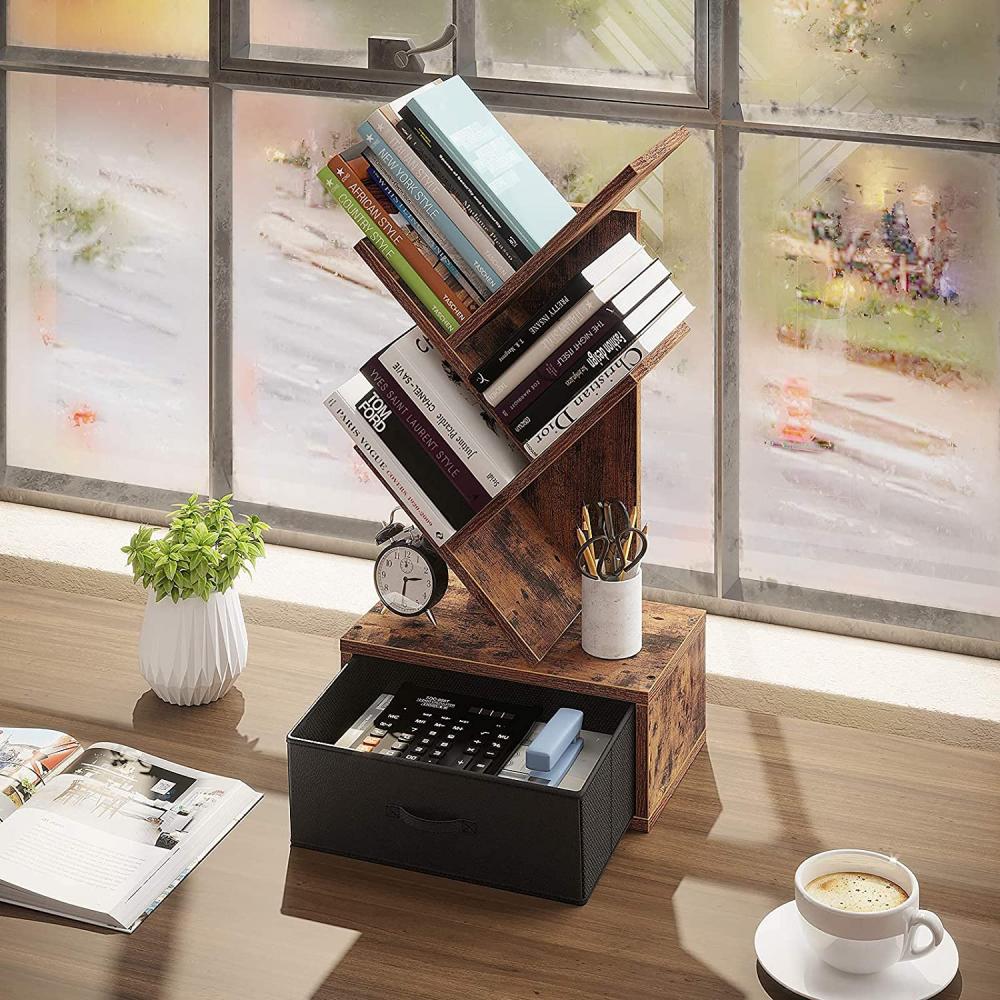Printing quality is the life of printing companies. To ensure high printing quality, not only should there be better printing equipment, materials, and expertise, but also a good printing environment. Paper deformation Printing paper is a kind of material that can easily shrink. The change of paper's moisture content is the main influencing factor of paper deformation. When the paper is transported from the paper warehouse to the printing shop, the paper is shrinking and deforming due to the low humidity in the workshop and less than the moisture content of the paper, resulting in a phenomenon of “tight edgesâ€. Of course, high humidity conditions may also occur in the workshops in the southern Meiyu season. Paper will also undergo deformation due to the absorption of large amounts of moisture, and it will cause "foliage" (wavy curling). At this time, the workshop must be dehumidified. In the north, the printing shop is mainly characterized by shrinking paper. Static electricity Paper and other substrates will inevitably generate static electricity in the printing process, resulting in uneven paper, adhesion of printed materials, and double sheeting, which not only wastes materials, hinders the normal printing process, but also causes serious fires. One of the main factors that generate static electricity is the low humidity in the workshop. The way to eliminate static electricity is to increase the ambient humidity or use static eliminators. Both paper and plastic are non-conductive. Applying an antistatic agent on the surface of these substrates can improve the conductive properties of the substrate and enhance the surface static charge leakage capability. The antistatic agent is a tetravalent metal salt that is easily soluble in water. After being coated on the surface of paper, salt can absorb moisture from the air and reduce the resistance of the paper surface, thereby eliminating static electricity. However, this method of eliminating static electricity has great limitations. After the printed material is coated with an antistatic agent, it will have a negative impact on the quality of the paper, such as reducing the paper strength, the adsorption force and the tightness of the ink, and the like. Therefore, this method is generally not used to eliminate static electricity. Increasing the humidity of the environment can effectively reduce the sheet surface resistance, eliminate the effects of static electricity, and have no side effects. As shown in Figure 1, the surface resistance of the paper decreases as the relative humidity of the air increases. Increasing the humidity can increase the resistivity of the paper, thereby accelerating the leakage of static charges to eliminate static electricity. This method can eliminate static electricity and reduce dust in the printing and platemaking workshops. It is an ideal method that is environmentally friendly and can eliminate static electricity. Imprinting is not allowed Humidity in the workshop is too large or too small to cause overprinting. When the paper is sent from the paper warehouse to the printing shop, due to the low humidity in the workshop, the paper will shrink and deform, which will seriously affect the overlay accuracy and product quality. To sum up, the humidity control in the printing shop is an important issue that cannot be ignored. Increasing the humidity in the workshop is a requirement of the printing process. When selecting a humidifying device, it is recommended to use the method of direct humidification in the workshop.
A bookcase, or bookshelf, is a piece of furniture with horizontal shelves, often in a cabinet, used to store books or other printed materials. Bookcases are used in private homes, public and university libraries, offices and bookstores. Bookcases range from small, low models the height of a table to high models reaching up to ceiling height. Shelves may be fixed or adjustable to different positions in the case. In rooms entirely devoted to the storage of books, such as libraries, they may be permanently fixed to the walls and/or floor.
A bookcase may be fitted with glass doors that can be closed to protect the books from dust or moisture. Bookcase doors are almost always glazed with glass, so as to allow the spines of the books to be read. Especially valuable rare books may be kept in locked cases with wooden or glazed doors. A small bookshelf may also stand on some other piece of furniture such as a desk or chest. Larger books are more likely to be kept in horizontal piles and very large books flat on wide shelves or on coffee tables.
It is an important part of the printing work to ensure that the printing shop has a relatively stable humidity. The temperature and humidity balance in the workshop can reduce problems such as paper deformation, overprinting, and static electricity. Practice has proved that the best working environment for printing shops is 18 to 23°C and relative humidity is 55% to 65%. However, such humidity is obviously not reachable in the north of China, especially in the spring, autumn and winter seasons. Even in the southern coastal areas, the humidity in the three months from November to January is lower than the above criteria. Many problems caused by the drying of the workshop will affect the normal operation of the entire printing job. The following is a detailed analysis of the printing shops due to improper humidity often appear several kinds of undesirable phenomena and solutions.
Beijing think of electronic technology company Han Xuedong
Source: "Printing Technology - Equipment and Special Printing" 
Storage Bookcase,Solid Wood Bookcase,Rustic Bookcase,Wood Bookcase,Wooden Storage Bookcase,Wood Storage Bookcase
Jinan Tri-Tiger Technology Development Co., Ltd , https://www.tigerwoodproduct.com